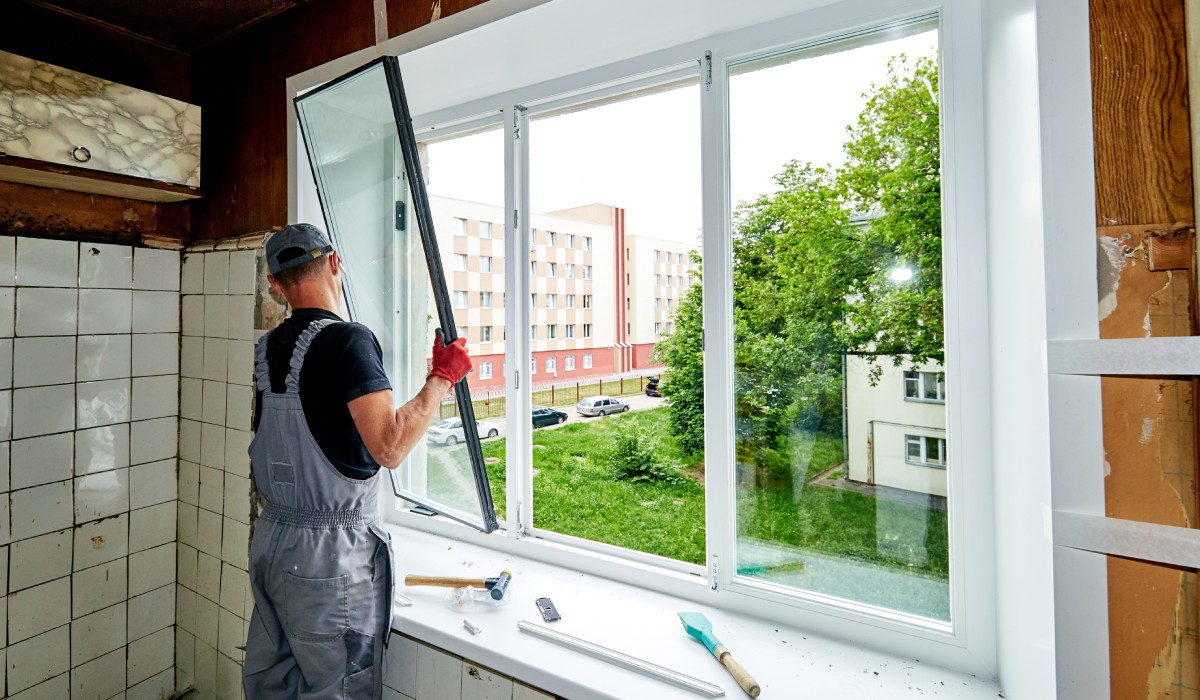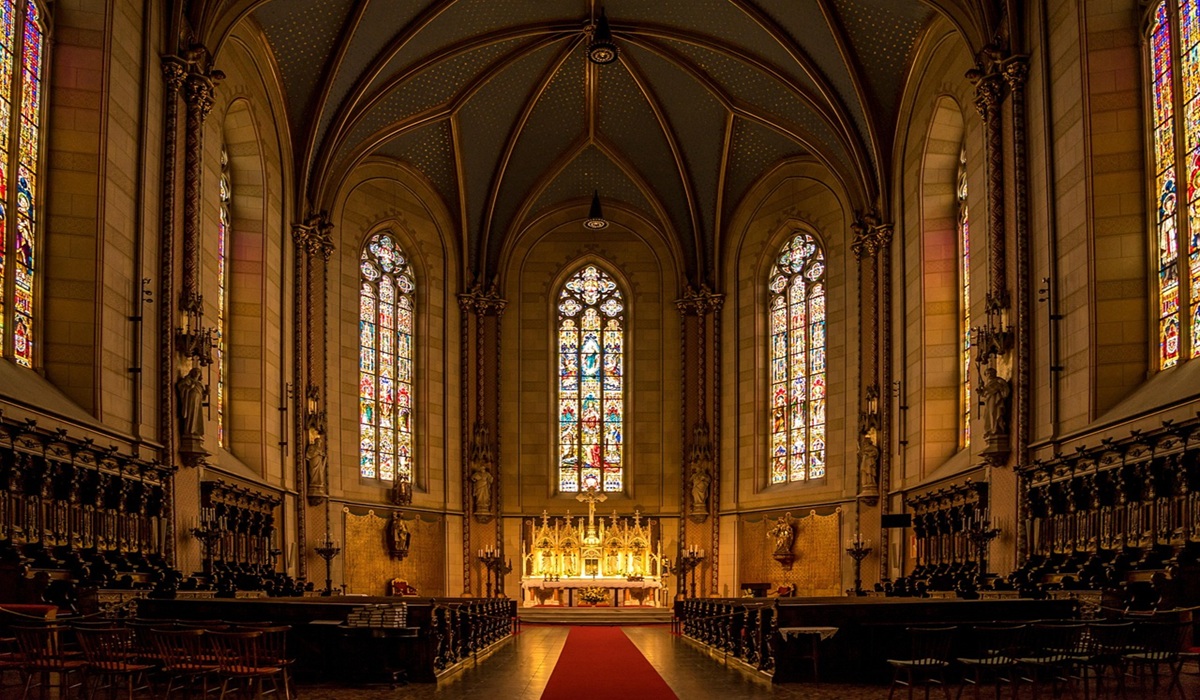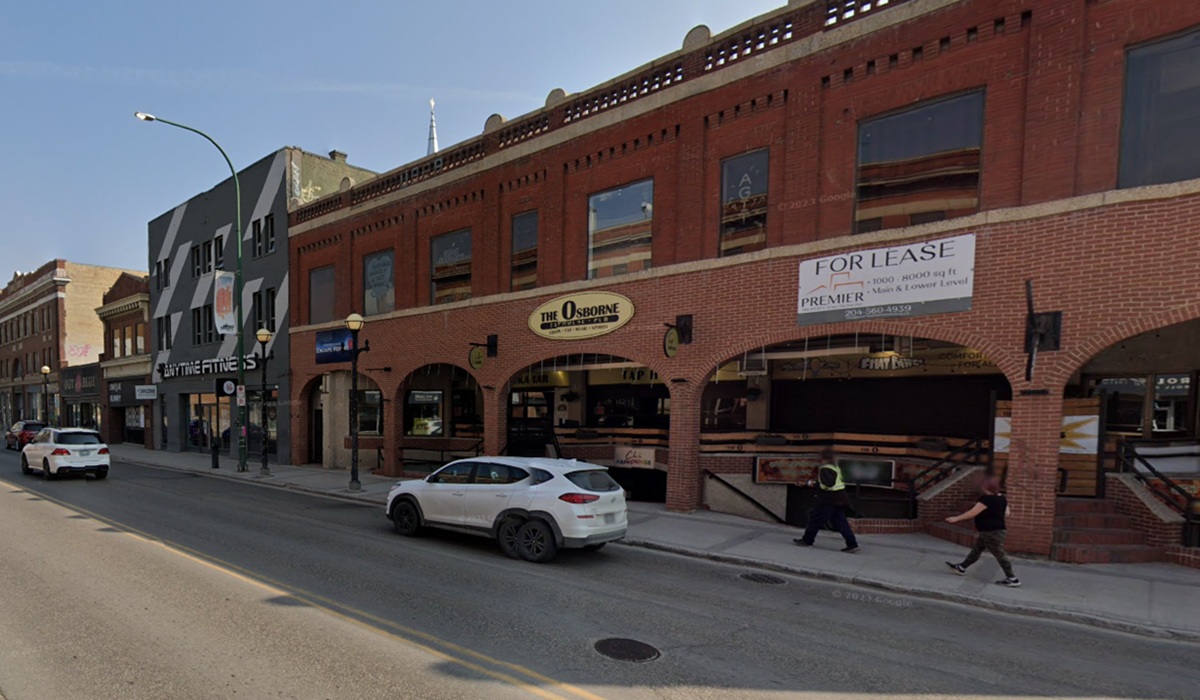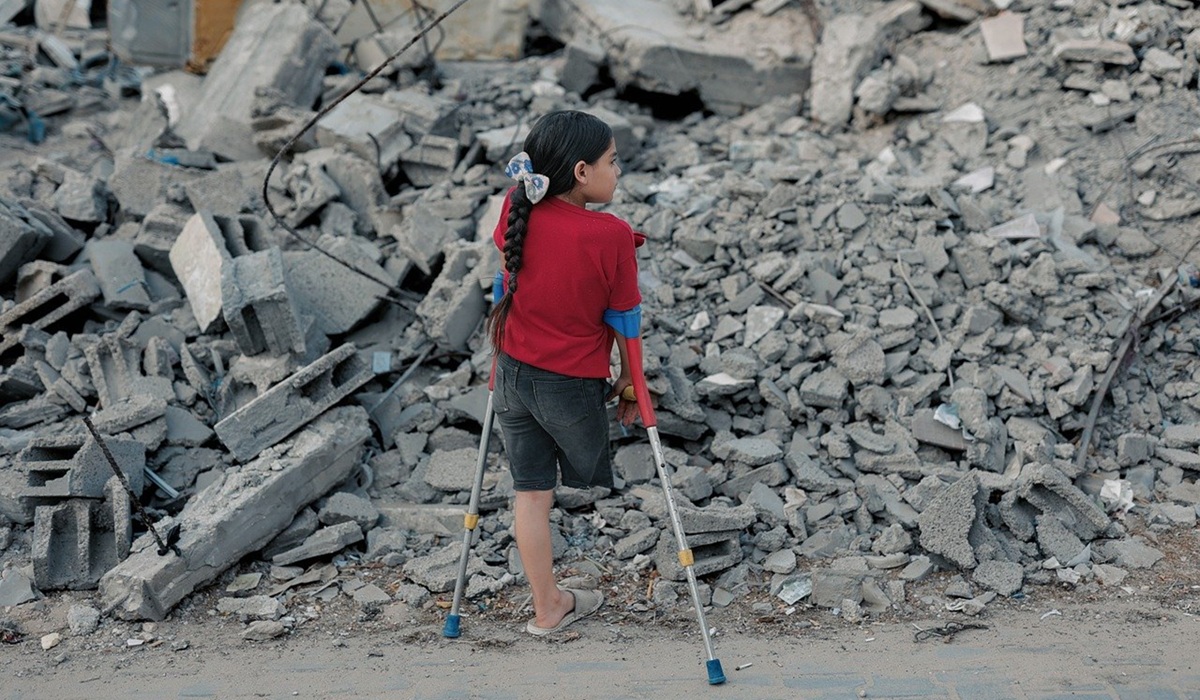Homeowners invest in new windows to improve comfort, efficiency, and curb appeal. Unfortunately, poor installation undermines all three. Faulty alignment, inadequate sealing, and shortcuts during setup drive up costs, create health risks, and reduce safety. It’s important to make note of the costly consequences of poorly installed windows so that you can correct it in your home and know better for future.
Improper installation creates gaps around frames and sashes. Those gaps let conditioned air escape and outside air enter. Your HVAC system then runs longer and harder. The US Department of Energy reports that heating and cooling account for about half of a typical home’s energy use. Even small drafts can raise bills by 10 to 20 percent over a season.
Consider running an incense or smoke-pencil test along the frame to detect leaks. You can also check for visible light around the sash. If you spot either, you may face higher energy spending until you address the problem.
Bad sealing allows rain to infiltrate the wall assembly. Water then saturates insulation, swells wood, and stains drywall. Over time, repeated wetting drives mold growth and spreads odor. The EPA links indoor dampness to respiratory issues and allergy flare-ups. Repair costs climb fast because water rarely stops at the window. You may need to replace sheathing, framing, and finishes.
Inspect after a storm for damp sills, bubbling paint, or softness in trim. You should also check the weep holes and flashing. Correct installation directs water out and away; faulty installs trap it in.
Loose frames and misaligned locks weaken a core layer of home defense. Intruders test weak points first. A poorly anchored window flexes under prying force and opens with less effort. Latches that do not align also fail to engage fully. Security glass helps, but hardware and anchoring matter as much.
Test your locks, check for frame movement, and verify that screws bite solid structure. You can also add reinforced strikes and quality laminated glass, but a proper install remains your strongest safeguard.
Manufacturers write warranties with clear installation requirements. If an uncertified installer ignores those steps, the manufacturer can deny coverage. You then pay for glass stress cracks, seal failures, or hardware defects even when the product itself did not cause the issue. Protect your coverage by saving proof of professional installation, photos of the process, and the final inspection report. You should also register the product within the stated timeframe.
You protect your investment when you hire qualified professionals. Verify licensing, insurance, and manufacturer certifications. You can also request recent local references and job photos. Confirm that they use flashing tape, backer rod, and the correct sealants for your cladding and climate.
You should also ask about ASTM or AAMA standards and how they test for air and water intrusion before completion. Most of all, ask these questions when hiring a window installer and compare answers across bids. You will spot red flags fast.
Professional installation reduces energy waste, prevents hidden water damage, strengthens security, and preserves warranties. If you suspect problems, schedule an inspection, request a blower-door or infrared scan, and fix issues now rather than pay more later. You can avoid the costly consequences of poorly installed windows with a few simple steps and a little pre-install diligence.









